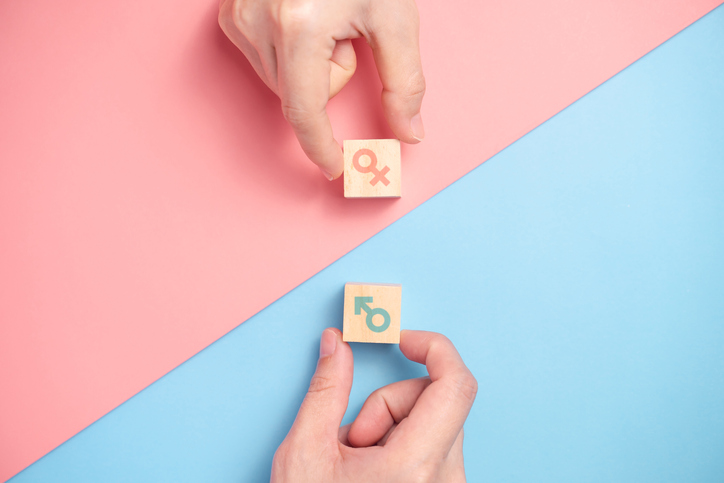
In France, the Senate, including President Macron, has voted in favor of a proposed law banning the use of gender neutral and gender inclusive language in official communications.
The next step is for members of parliament to vote on the law, although no date has been set as of yet.
Emmanuel Macron urged the French public “not to give in to the tides of time” and therefore reject gender-inclusive terms in order to safeguard the French language.
Speaking at the opening of a new language center in Villers-Cotterêts near Paris, the French President said, “In this language, the masculine is the neutral. There’s no need to add dots in the middle of words, or hyphens, or anything else to make it readable,” adding that the French language “builds the unity of the nation.”
He continued, “We need to allow this language to live, to draw inspiration from others, to steal words, including from the other side of the world (…), to continue to invent, but also to keep its foundations, the foundations of its grammar.”
The recent decision comes amid a long-term conflict of opinion between right-leaning language purists, leftist movements for language equality and feminists who have spent decades campaigning for equal and female-counterpart terms in the French language.
“Inclusive writing” or écriture inclusive adds a feminine ending to a noun. Rather than the default masculine form providing an ending for both male and female, both genders are represented in inclusive writing.
The discussion also includes non-gender specific language, used to describe non-binary identifying people and as an option for non-gender assumptive language.
The new law would not acknowledge terms such as iel and cellux, which are already in use. In non-gender specific language, iel is being used to replace the pronouns il and elle (meaning ‘they’ instead of he and she) and celleux is used for both celles and ceux — meaning ‘those’.
The proposed law would ban language like this in the workplace, advertising and official contracts “whenever the legislation (or regulatory bodies) require a text to be written in French,” according to the French Senate.
The First Lady of France, Brigitte Macron and the Académie Française, the official body charged with maintaining the status of the French language, have long campaigned against what they describe as a “barbaric abuse of syntax.”
Mme Macron said “There are two pronouns — il and elle. The language is beautiful. And two pronouns are fine.”
The ban was originally proposed by Les Républicains senator for the Aisne region, Pascale Gruny, who refused to use the term sénatrice.
She told French media that écriture inclusive is making the French language less accessible to people who have problems with literacy or learning disabilities. She added that the new terms represent an “ideology that jeopardizes the clarity of our language.”
In 2021, the Académie Française discussed gender-inclusive language in an open letter to the public, heavily discouraging its use, and reversing the argument for equality. “Besides the fact that it does not correspond to the spoken language, it essentially imposes a second language, the complexity of which penalizes people with cognitive disabilities, such as dyslexia, dyspraxia, or apraxia. Ultimately, this attempt to make things fairer simply reinforces inequality.”





